Pilgrimage to Burns Bog
Contact the Enviro Team | Join Our Email Group
Protecting burns bog a Sacred Wetland Ecosystem
a brief history of more than 30 years of Unitarian engagement in this cause

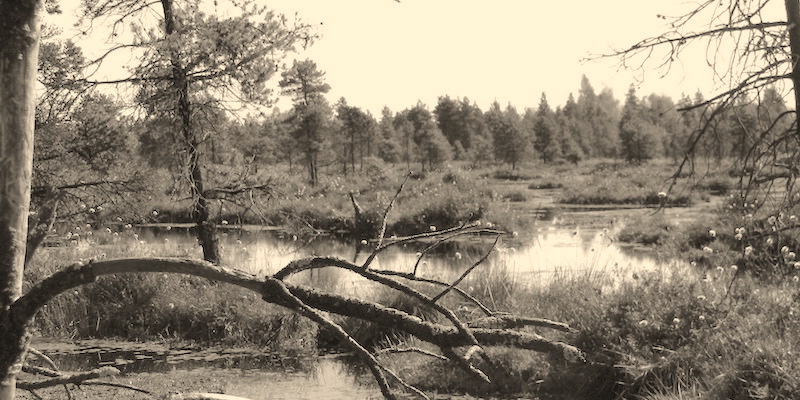
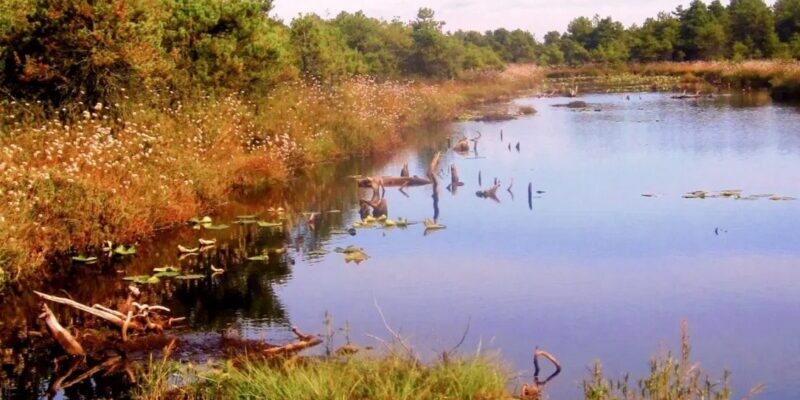
Above: Photos courtesy of the Burns Bog Conservation Society
So you’d like to know more about the Pilgrimage to Burns Bog? Many Unitarians have heard of this annual meditative walk, usually in conjunction with the Earth Day Service put on by the Environment Team.
For others, Burns Bog is a big mystery. What is it? Why is it so important? Why would Unitarians help organize a pilgrimage to a “swamp?”
Karl Perrin a long-time member of the Environment Team, answers those questions.
By Karl Perrin — June 2020
The first Pilgrimage to Burns Bog in the 1990’s was a multi-faith walk into the knee-deep bog before it was protected. For decades it had been considered worthless, and the City of Vancouver garbage dump was expanding into the bog, along with cranberry farms, and peat mining operations on its fringes …
What is Burns Bog?
Burns Bog is an ancient domed bog in Delta, B.C. It is ten times the size of Stanley Park. It provides habitat for several threatened and endangered species. An NDP provincial govt. had planned to pave half of it as a new site for the PNE. Gordon Campbell countered that if he became premier, he would preserve it. After his government was elected, four levels of government bought out private owners, and designated it as conservation lands off limits to all but a few trained volunteers preserving the wetness of the bog in dry weather. Several members of the UCV Enviro Committee participated in building dams to prevent the central dome from drying out, and potentially catching on fire.
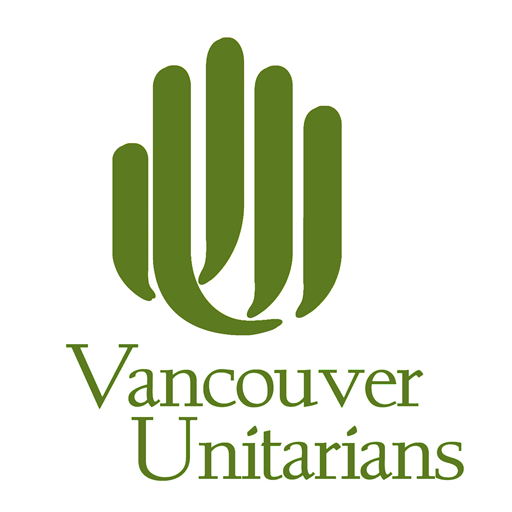

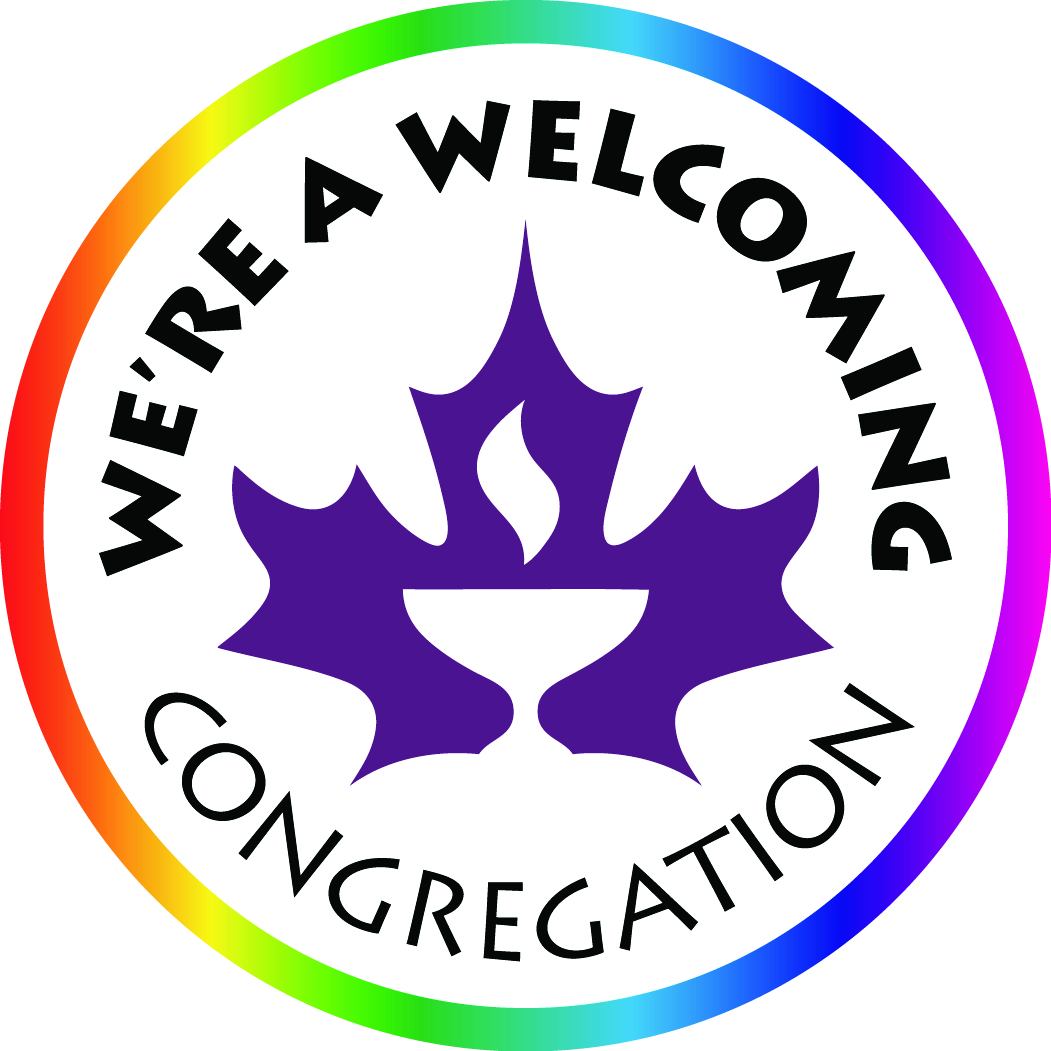

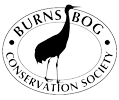 Our Outreach Opportunities Fund recipient for the June-Sept 2020 period is the
Our Outreach Opportunities Fund recipient for the June-Sept 2020 period is the
You must be logged in to post a comment.